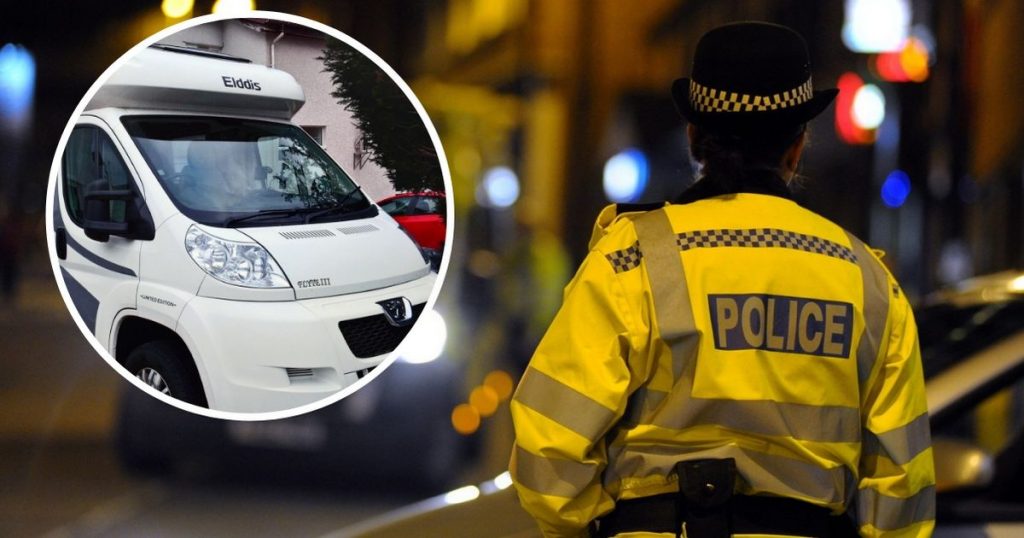
As Covid-19 changes the way we travel and enjoy our leisure time, there has been a significant rise in the theft of caravans, motorhomes and campervans.
Thieves are targeting these vehicles because, in times when quality stock at dealerships is low, vans are commanding high prices on the black market and many leisure vehicles are being stolen to order. Campervans and motorhomes are being shipped abroad shortly after they have been stolen or in some cases broken down into component parts and sold off piecemeal.

Figures show that the average recovery rate after a vehicle has been stolen, is around 30%, giving a 3 in 10 chance of getting the vehicle recovered after theft.
Most people do not realise, that even if the vehicle is found after being stolen, there is still costs involved for recovery, storage and or repair. These costs will likely affect future insurance premiums.
Visible deterrent
The question is how best to protect your asset? There are, several tried and tested gadgets that act as visible deterrents chief among these being steering wheel bars and wheel clamps. But short arm steering wheel locks can still allow the steering wheel to rotate.
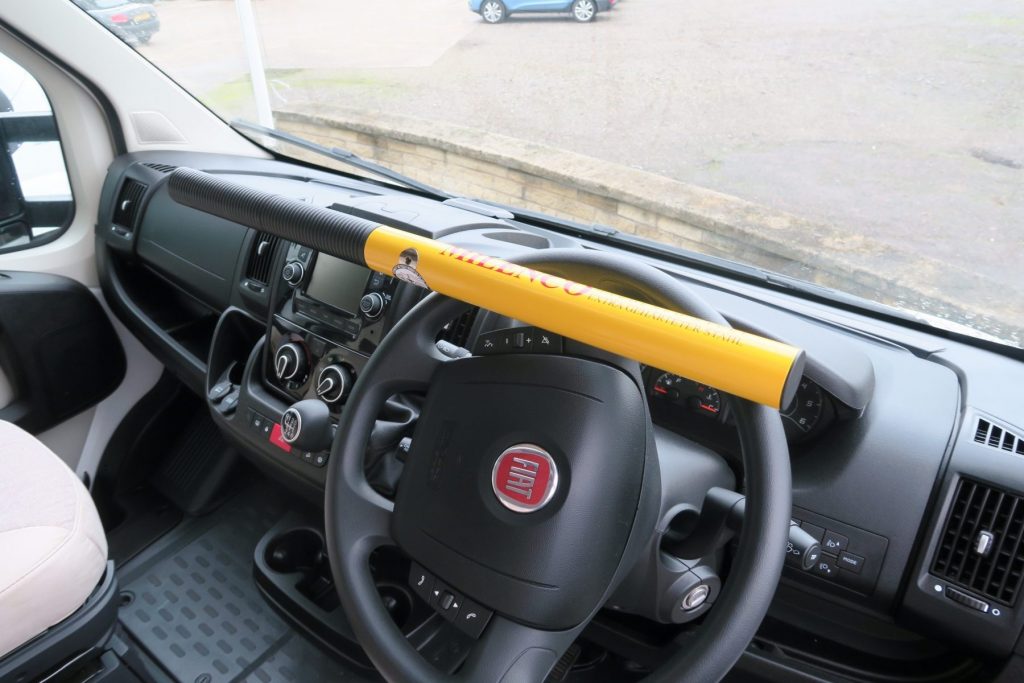
Such aftermarket security solutions are both cumbersome and bulky and are somewhat impractical and inconvenient because they need to be fitted or removed every time you enter or leave a vehicle, Then, they have to be safely stored when not in use, so that they do not become a potential hazard should the campervan become involved in a collision. Wheel clamps, while ideal for home and campsite site parking, are rather heavy to travel with and like steering wheel locks can be cut off by the determined thief.

GPS Trackers, theft recovery systems, vehicle entry alarms and even electronic keys have their limitations and offer little in the way of security. True they do benefit the recovering of a vehicle after it has been stolen, but most do little if anything to prevent the initial theft. All of these devices do nothing to prevent someone accessing any personal information or valuables that may be stored in the vehicle nor do they prevent theft without keys
Keys
Stealing without keys is one of the most common methods used by thieves to get hold of campervans and motorhomes. Search the internet and it will not take long for the would be thief to find computerised gizmos that bypass ignition systems. These cheap quick and easy to use devices can easily unlock the doors of most of the vans on the market today. Once in the vehicle, all the thief has to do is compromise the ECU, start the vehicle and drive it away.
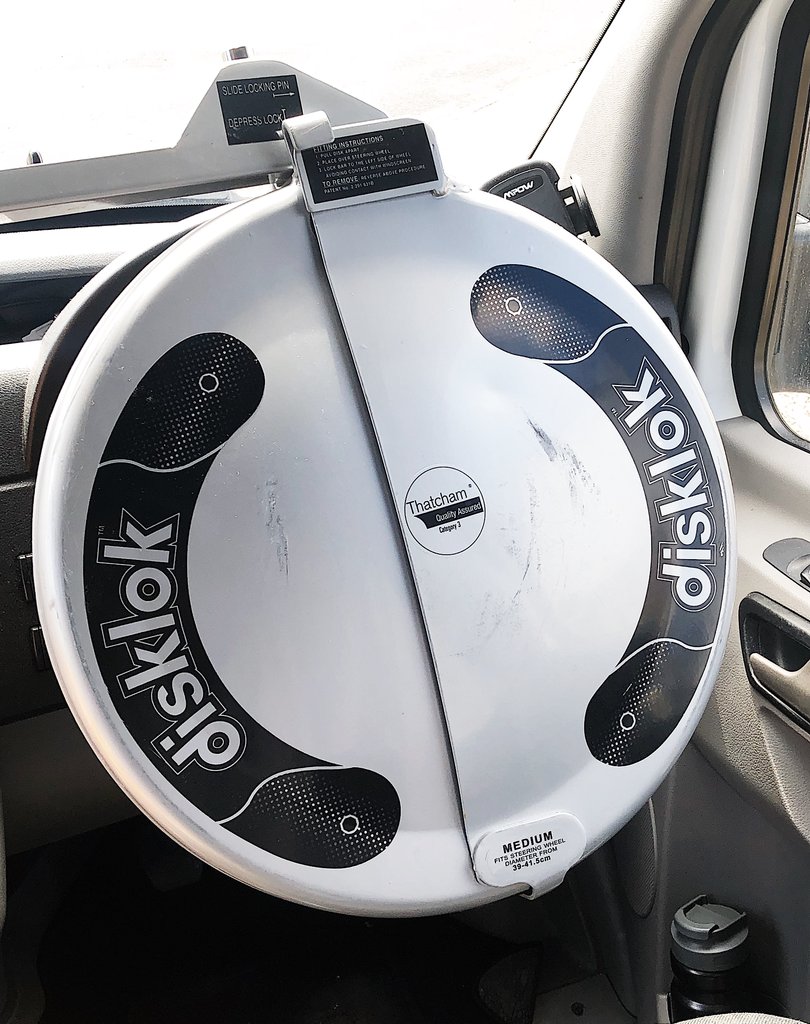
A recent survey suggested 4 out of 10 of us never think twice about handing over keys to a stranger when we take our vans in for service at the garage. Organised criminal gangs are exploiting this by placing people in these garages to get access to campervans and motorhomes. It can take them less than 10 seconds to program a new key from yours using their own hidden equipment. Personal details such as your address are then copied from paperwork and if this information is not available, they may you when you collect the vehicle and get the information they need. Once they have a key and a location, it takes just seconds to steal the vehicle at a time of their choosing. There is also little suspicion with type of theft as it is just someone walking up to a vehicle, with a key, getting in and
Top tip
Never leave your campervan unlocked even when paying for fuel at petrol stations. It can take less than 20 seconds for thieves to enter, start and drive away your mobile home. They do this by using electronic devices pre-programmed so that when it plugs into a vehicle, the alarm is turned off during the ‘hacking’ process. It is then used to program a new key or to otherwise trick the vehicle into thinking the key is already present.

The equipment to carry out this type of theft is not illegal to buy, own or sell and is widely available across the internet. Many of the websites selling this will even include tutorials and videos showing the effectiveness of their systems.
So what do we plan to install to protect Voyager? We have asked Celtic Motorhomes who are custom building our land yacht to fit a Global Telemetrics GPS Tracker Model 6 in addition to the Thatcham 2 approved fitted to the van by Fiat during its construction. To that we have added an Autowatch Ghost immobiliser. It is a clever product from a South African company at the forefront of vehicle security technology. It will protect us from key-cloning, hacking, and even key theft. The only way a thief will be able to take Voyager away is by physically towing it away, and even then, they will never be able to drive it!
Immobiliser
The immobiliser has no key-fobs or LED indications to give away its location. It uses the buttons such as those on the steering wheel, door panels or centre console, to allow you to make a unique, changeable, PIN code sequence that must first be entered before we can drive Voyager. Without that unique code the Ghost will prevent the engine starting. No, we will not be printing that code here!
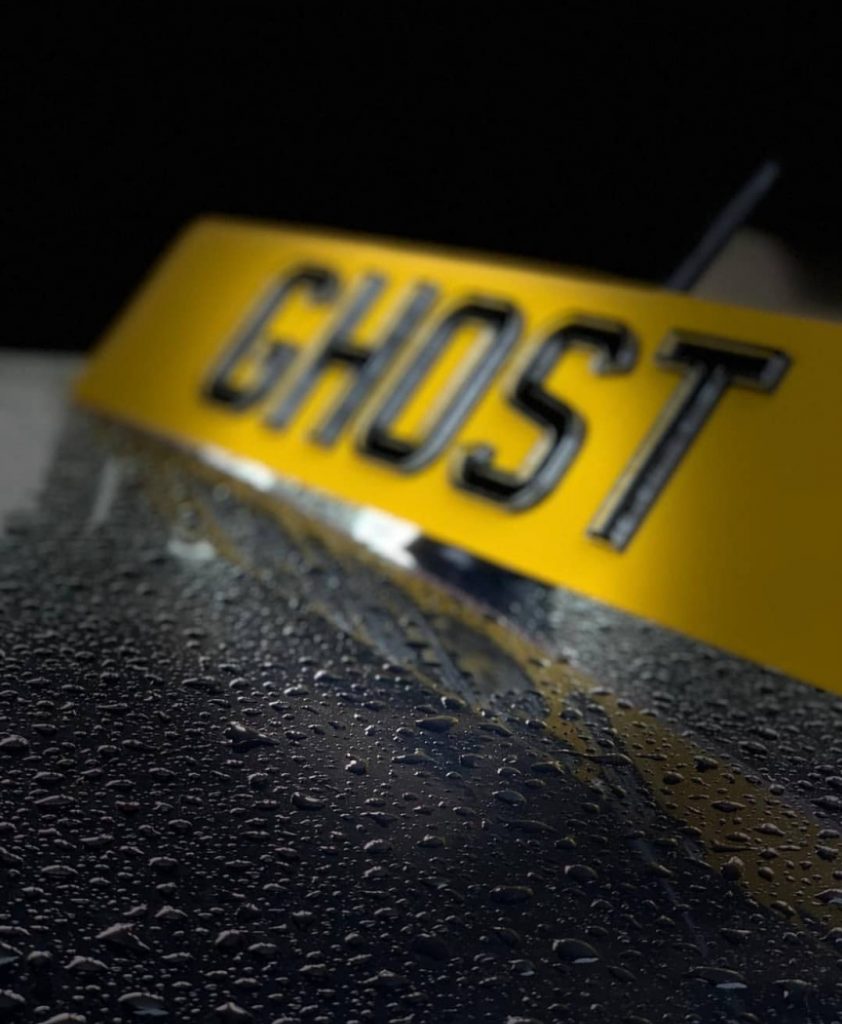
The Ghost Immobiliser is undetectable using diagnostics and there are no radio signals. The Ghost communicates with the vehicles ECU (Engine Control Unit) on the CAN Data circuit, it is totally silent, so it does not give away its location. A thief cannot now simply add a new key or replace the ECU to steal Voyager as only by inputting correct data will allow Voyager to start.
We will also be using a high security commercial steering lock and a Wraith wheel lock, a device that has the Sold Secure rating considered by many to be the toughest of all approval rating systems. The wheel clamp and the steering lock come from Milenco www.millenco.com
On-Board Diagnostics (OBD) port
Another way to protect against the modern van thief, is to consider protecting the On-Board Diagnostics (OBD) port. In recent years thieves have been able to override vehicle security systems by hacking the OBD port.
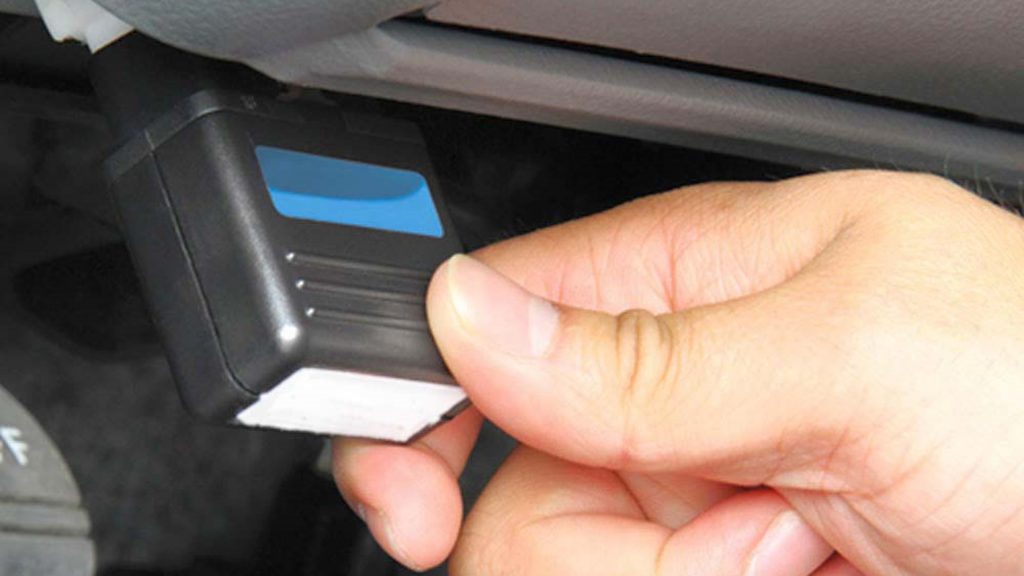
The OBD allows the vehicle owner or repair technician access to the status of the various vehicle sub-systems. This on-board vehicle computer technology has been around since the 1980’s and it is likely that today most motorhomes and campervans have one fitted somewhere.
Early versions of OBD would simply illuminate a malfunction indicator light or “idiot light” if a problem was detected but would not provide any information as to the nature of the problem. Modern OBD implementations use a standardized digital communications port to provide real-time data in addition to diagnostic trouble codes, or DTCs, which allow technicians to rapidly identify and remedy malfunctions within the vehicle. By adding a OBD protector information travelling to the OBD port is stopped and therefore prevents a thief from accessing it, effectively closing the OBD port whilst locked.
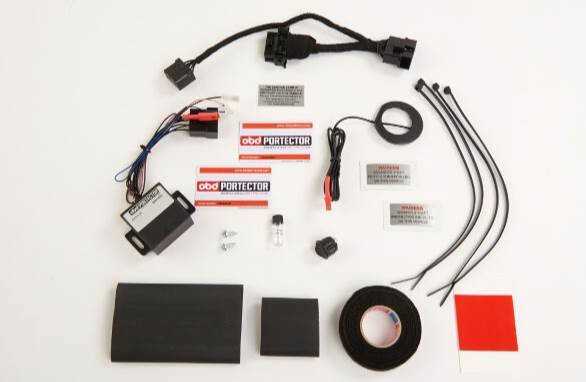
Portector® make such a system that is permanently integrates into the vehicle without the need to cut into the wiring and designed specifically to protect a vehicles OBD port. Think of it as an electronic safe securely fitted on the end of the port. When armed the safe is closed and locked, retaining all of the valuable information in the vehicle. When unlocked and open everything is available. To turn off the system ‘open the safe’ all you need is an OBD Port Activation Card.

These cards are required to temporarily switch the device off and allows full access to the vehicle. It does not prevent any regular servicing/maintenance or other work being carried out on the vehicle providing the owner authorises such work by presenting their card.
